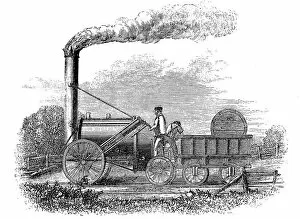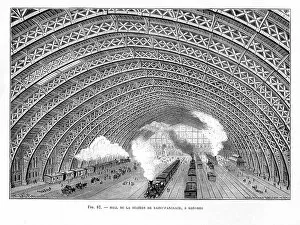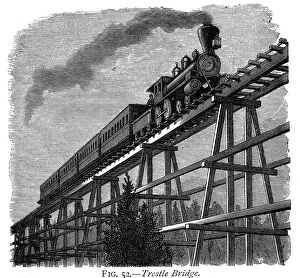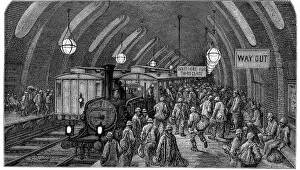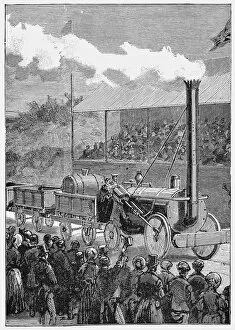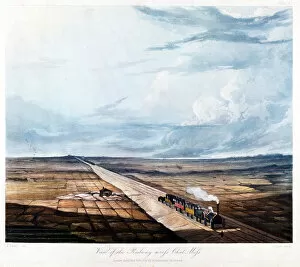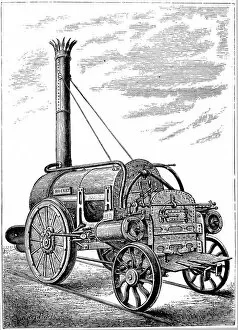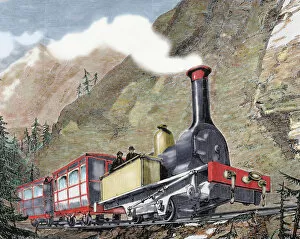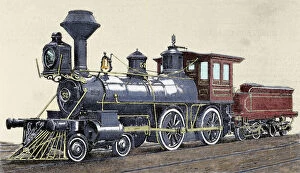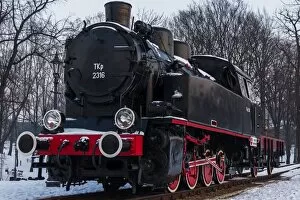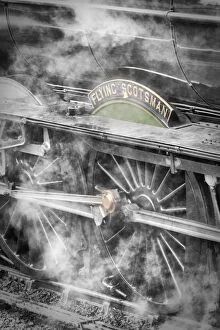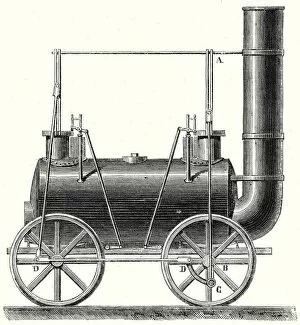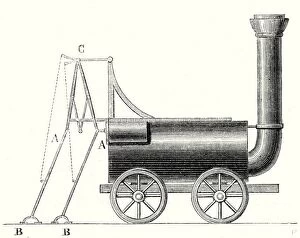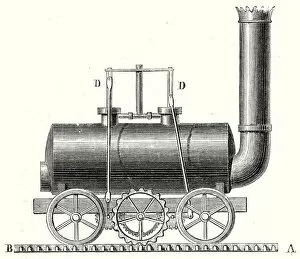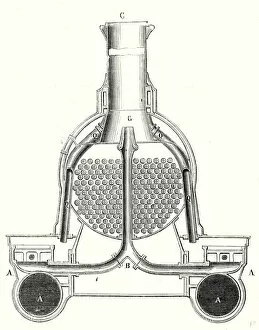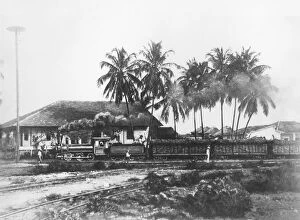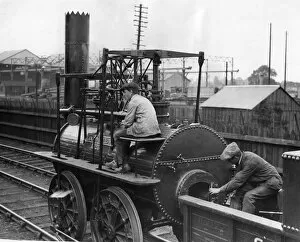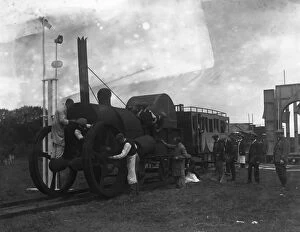Steam Locomotive Collection (#19)
"The Magnificent Era of Steam Locomotives
For sale as Licensed Images
Choose your image, Select your licence and Download the media
"The Magnificent Era of Steam Locomotives: A Journey through Time" The iconic Flying Scotsman gracefully arrives at Goathland station on the North Yorkshire Moors Railway, captivating all with its majestic presence. Witnessing history in motion, Stephensons Rocket of 1829 stands as a testament to the pioneering spirit that revolutionized transportation forever. Glimpses into the past unfold at Saffron Walden railway sidings, offering an enchanting view from Debden Road overbridge towards a bygone era. Embarking on the Heritage Poppy Line from Sheringham to Holt, a steam train chugs along with Weybourne Mill standing tall in the picturesque background. Amidst Scotland's breathtaking Highlands, behold the Jacobite Steam Train crossing the Glenfinnan Viaduct - an awe-inspiring sight straight out of a fairytale. Transport yourself back to 1888 with a vintage poster advertising none other than the legendary Orient Express – an epitome of luxury and adventure. London Paddington station, birthplace of Great Western Railway in 1840, echoes with whispers of countless journeys embarked upon by steam locomotives throughout history. Once again traversing Scotland's Highland beauty, catch another glimpse of the Jacobite Steam Train majestically crossing Glenfinnan Viaduct – truly a scene worth cherishing forever. Nostalgia fills Newton Abbot Station as Castle Class No. 7029 Clun Castle graces it during the vibrant 1950s - an era when steam locomotives reigned supreme. Step into South Road at Saffron Walden Station and be transported back in time as you witness unloading banks and run-round loops bustling with activity - remnants of days gone by.

